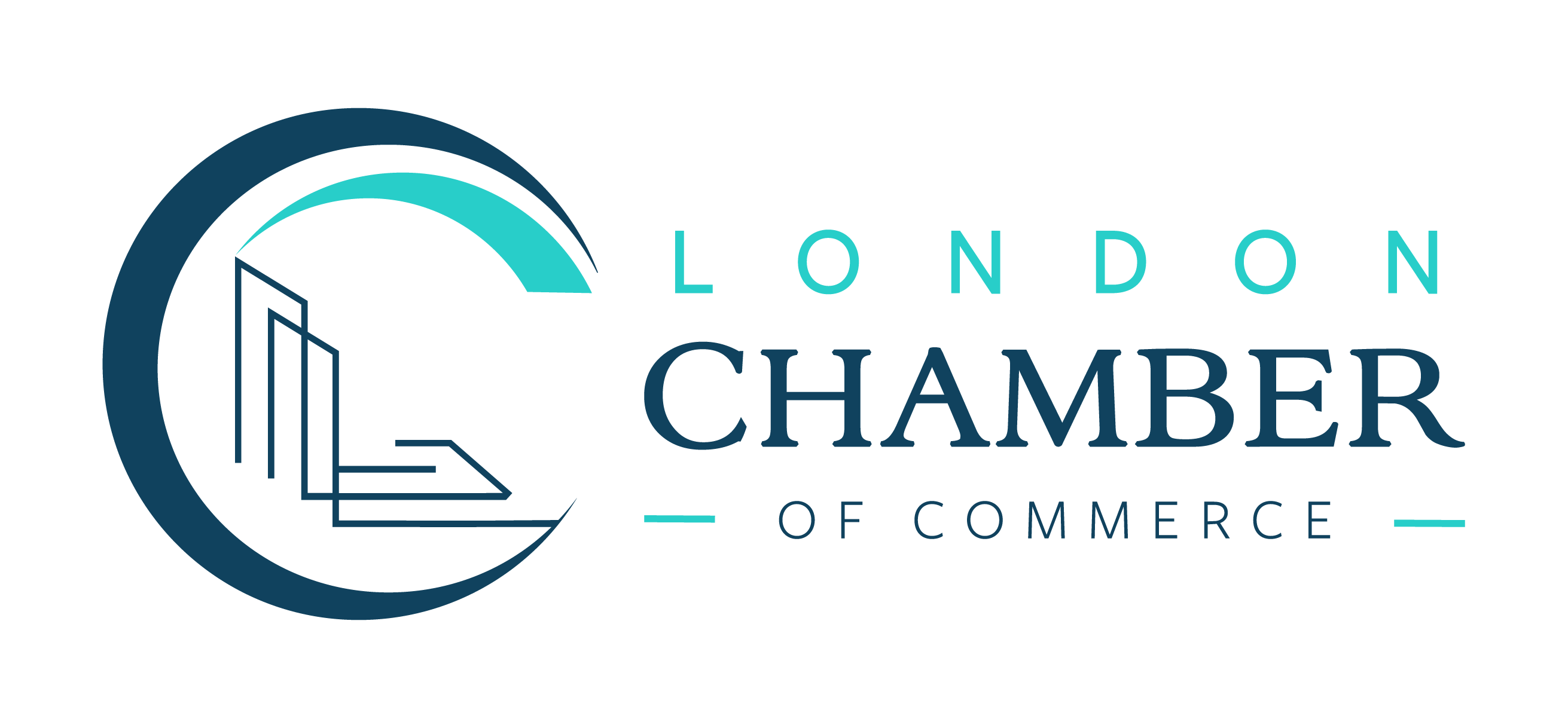
Metal manufacturing faces a severe shortage of skilled labour. Women remain a largely untapped resource despite making up almost half of the Canadian labour force. How can we change that? Female leaders share their views on the challenges and opportunities of pursuing a career in metalworking in our new digital series.
In this instalment, Jeanine Lassaline-Berglund, president, Canadian Association of Moldmakers and Automate Canada, shares her thoughts in an exclusive interview. Insights from more female industry leaders will be published in the coming weeks both online at www.shopmetaltech.com and in the June issue of Shop Metalworking Technology magazine.
Q. Why are there so few women in manufacturing? Is it because women don’t consider it as an industry they want to work in or because the industry hasn’t made itself very welcoming?
Lassaline-Berglund: People don’t consider manufacturing as very glamorous, let’s just be frank, even though the environment in manufacturing in many cases has improved a great deal in 30 years. Aside from the improvements in technology, manufacturing shops today have much cleaner workspaces and safety rules to adhere to. Manufacturing isn’t the dark and dank space we once thought it to be, yet that perception is still out there to a certain degree. Manufacturing has also seen a considerable rise and fall, at least in the province of Ontario, over the past few decades. If you’re a parent who was downsized out of the industry or lived through those up and down cycles, you’re probably less inclined to recommend manufacturing as a stable career to your son or daughter. And our school system to a certain degree fails us because it continues to want to push kids towards professional careers, not understanding that even tacit abilities can turn into professional careers. I think sometimes we also don’t represent the industry well and really show young people a suitable career path. You can start as a mold maker or an assembler or a machinist, but that’s just a starting point if you’re eager, have a strong work ethic and like to learn.
Q. How can we do better? How can we attract women to manufacturing and help them thrive in it?
Lassaline-Berglund: We need to be working at the provincial and federal level with respect to looking at a suitable curriculum and career pathing. That’s a large issue with long timelines to be successful.
As we funnel women into manufacturing careers and skilled trades, on the employer side we must be ready to receive them. Other than some onboarding and orientation and some quick instruction on how to do certain tasks, the time that we invest in new people to our organisations has really been cut. One of the ways that we bridge that gap is by creating tools and techniques that help accelerate that career path for them. That’s work that associations can do but I think there’s also a role here for government funding. At CAMM, we’ve been working hard to pull together a program that can be funded through government but also through our academic system and private partnerships and look for ways that we can take the burden off employers in accelerating the transition between academic education and working.
We’re proud to have created new individual membership categories within Automate Canada and CAMM (CAMM’s will be released at the upcoming annual general meeting) for the first time ever in the history of both organisations. We will have student memberships and journeyman memberships, which are quite cost effective, aimed at connecting young people to potential future employers. We have also been talking specifically about peer mentoring. We haven’t really put any framework around it yet, but it certainly has received lots of discussion. There’s lots of attention paid to women in senior roles but what are we doing to professionally develop the young women in manufacturing? Mentoring programs as well as ongoing education are going to be important to success. We want to make sure we’re continuing to nurture that, not just for women but for all those who are under-represented in manufacturing.
We also need to find a way to get all of those who are like minded into this discussion. The U.S. has done a really great job with their Manufacturing Day. There are pockets in Canada which have also adopted this. One of the things we’re hoping to be successful with is the adoption of Manufacturing Day across the province as well as across the country. We have a tendency to look at manufacturing as being very industrial but when you take a step back — amongst medical and pharmaceutical, agriculture and mining, aerospace and automotive — we can collectively expose all these manufacturing environments to young people and spark an interest in a manufacturing career. That will have a large impact, particularly when aimed at young folks.
Q. Having a more diverse workplace which includes women sometimes requires a change in the corporate culture. How can that best be handled?
Lassaline-Berglund: Making a product is somewhat easy by comparison to managing people and behavior and that’s what drives culture. Employers who have not managed their staff appropriately on the behavior side of things, having mainly paid attention to staff productivity, may fear that bringing on someone of a different gender could open a can of worms they don’t have time to deal with or feel they’re not qualified to deal with. We partnered with the University of Windsor to put together a framework that will result in a self assessment tool to help small- to medium-sized employers in this regard on a voluntary basis. We would also have a list of providers and community partners they could consult with. The need for skilled workers is at a critical point and this will drive companies to look at their recruitment practices differently. We are hoping this assessment tool will be a good way to get started.
Q. For the young women either starting a manufacturing career or considering manufacturing as a career what advice would you give them?
Lassaline-Berglund: I would say ask a lot of questions about what a career in manufacturing might look like. But also consider who you’re going to ask those questions. I think that using associations and specific networking groups can be a great way to get information. If you’re less comfortable with networking, most associations and special interest groups also have white papers on skill development and career paths you can easily get your hands on.
Q. How would you describe the importance of mentors and what kind of role should an association play in setting up mentorships?
Lassaline–Berglund: Associations can play a large role because at a minimum we can tap the shoulder of multiple organisations at the same time and say not only is there value in this but do you have anybody on staff who would be interested in doing something like this? I think there’s a lot of folks out there who love the idea of giving feedback about what they’ve learned. Often when people fail at something or are afraid of something, the tendency is to look inward, particularly for young people. There’s value in hearing a different perspective. It might be something you hadn’t even considered.
Q: How can men effectively champion women in manufacturing?
Lassaline-Berglund: They shouldn’t pass up an opportunity to mentor or coach women who ask for such help. I also think there is a call to action: If a man recognizes something in not right in a work situation, they should stand up and say something because young people, not just young women, when they feel someone has crossed the line with respect to behaviour, are likely going to be a bit reluctant to speak up for themselves.






